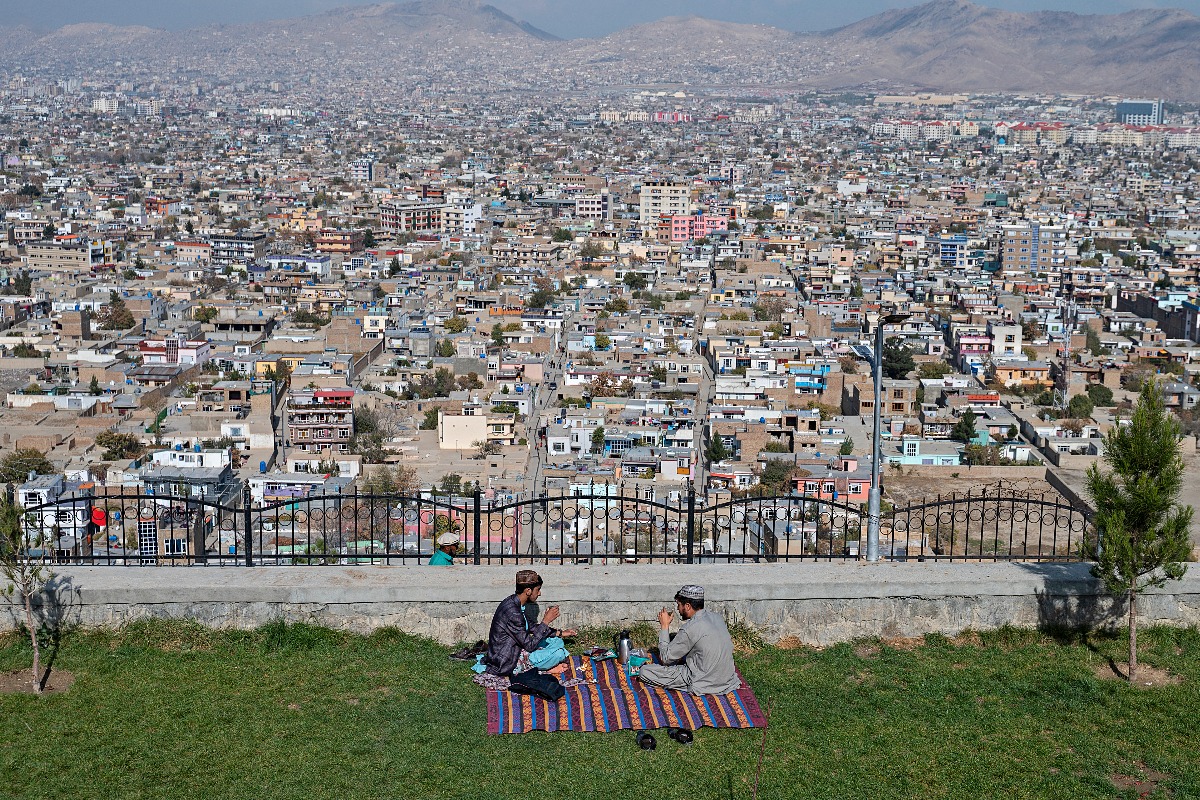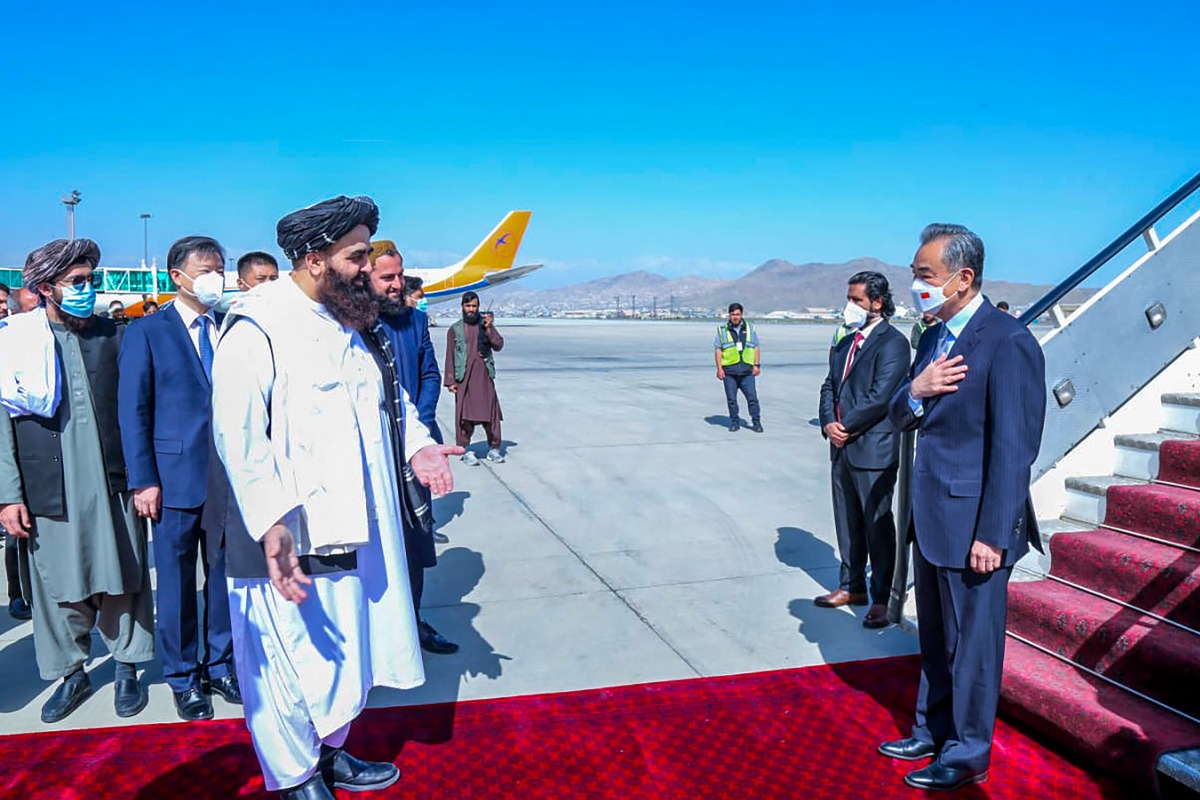Afghanistan’s harsh terrain and lack of navigable rivers are factors that hinder internal economic dynamism. Also, the fact that it is landlocked means it cannot easily take part in the international trade. However, Afghanistan’s geography is a blessing as well as a curse. The area of what is now present-day Afghanistan used to be an important land bridge along the legendary Silk Road, a corridor that facilitated the flow of goods, currencies, people, technologies, ideas, languages, arts, knowledge, religions and armies across the Eurasian mainland. It is far from being a historical curiosity of ancient times as it is still a card that Afghanistan can play to increase its regional influence. The prerequisite for a viable, stable future in Afghanistan is to establish international cooperation that does not treat the country as a “gateway”. Cooperation that enables local ethnic groups, most still following their pre-modern social traditions, not to be passive victims of the “big games” around and above them. At the same time, the country must become capable of participating in regional cooperation as an equal partner. Obviously, this also requires internal compromise and a strategy for Afghanistan to replace its current reliance on aid, which only reinforces dependency.
In a world struggling with a shortage of raw materials, one of the important economic ways out for Afghanistan would be if it could exploit its much-touted natural resources in a sustainable way. Based on US research and information as well as other sources, Afghanistan could become the “Saudi Arabia of lithium” in the near future. This metal is vital for both electronic devices and batteries for electric cars, for the delivery systems of nuclear weapons and for the manufacture of solar energy storage technologies. According to research conducted by the United States Geological Survey (USGS), Afghanistan’s mineral wealth includes 1.4 million tonnes of rare earth minerals, whose distribution is remarkably uneven globally. These minerals are essential for cutting-edge technology in civil and military innovations linked to the so-called “fourth industrial revolution”.
Afghanistan’s underground treasures also contain significant quantities of hydrocarbons including natural gas and oil, particularly in areas close to the border with Tajikistan. According to USGS estimations, Afghanistan’s natural gas reserves amount to 15.7 trillion cubic meters in total, while it has oil reserves of 3.6 billion barrels. It appears that Soviet geologists and politicians were aware of these these treasures in Afghan soil when the Soviet Union invaded Afghanistan – at a time when the irreversible economic decline of the communist superpower had already been well under way. But things are different today: China, India and the European Union are desperately trying to secure their own energy security, which requires a diversification of suppliers. Russia, Iran and certain states of the post-Soviet region (such as Turkmenistan and to a lesser extent Azerbaijan) are trying to use energy exports to assert their geo-strategic interests. Afghanistan can therefore act as an energy supplier to Eurasian economies dependent on external sources and as a key transit corridor via transnational networks.
It may seem almost utopian, but it is neither historically nor economically unjustified to think of the Afghanistan of the future as a geo-economic land bridge, provided that the present-day players in the “Great Game” do not forget about the following story:
British Indian forces returned to Afghanistan under General Pollock in August 1842. In revenge for their destruction a year earlier, the British column heavily defeated the Ghiljis3 and re-entered Kabul. They also captured Dust Mohammed Khan, one of Afghanistan’s most powerful (Ghilji) tribal leaders and the first commander of the Afghan army. He asked a question from his British captors: “I am astonished by the size of your resources, your ships, your arsenals, but I do not understand why the rulers of such a vast and flourishing empire would cross the Indus to deprive me of my poor and barren country.”
Dust Mohammed Khan must have intended his words to be ironic as his by no means insignificant country had and still has considerable mineral treasures. However, this story is also a recurrent episode in the Great Game that is being currently enacted in Afghanistan.
The author is a sociologist, cultural anthropologist, international analyst and Chairman of the Board of Trustees of the Carpathian Foundation
This article was originally published in our Hungarian-language magazine Eurázsia in 2022.



